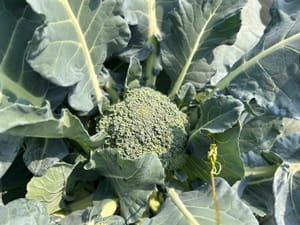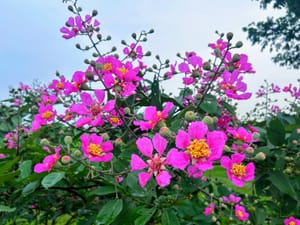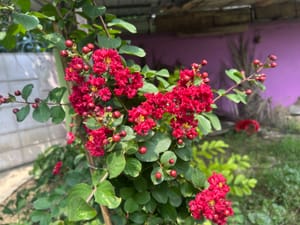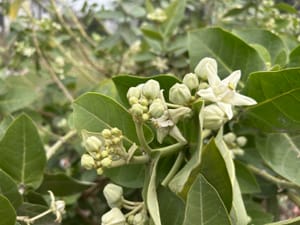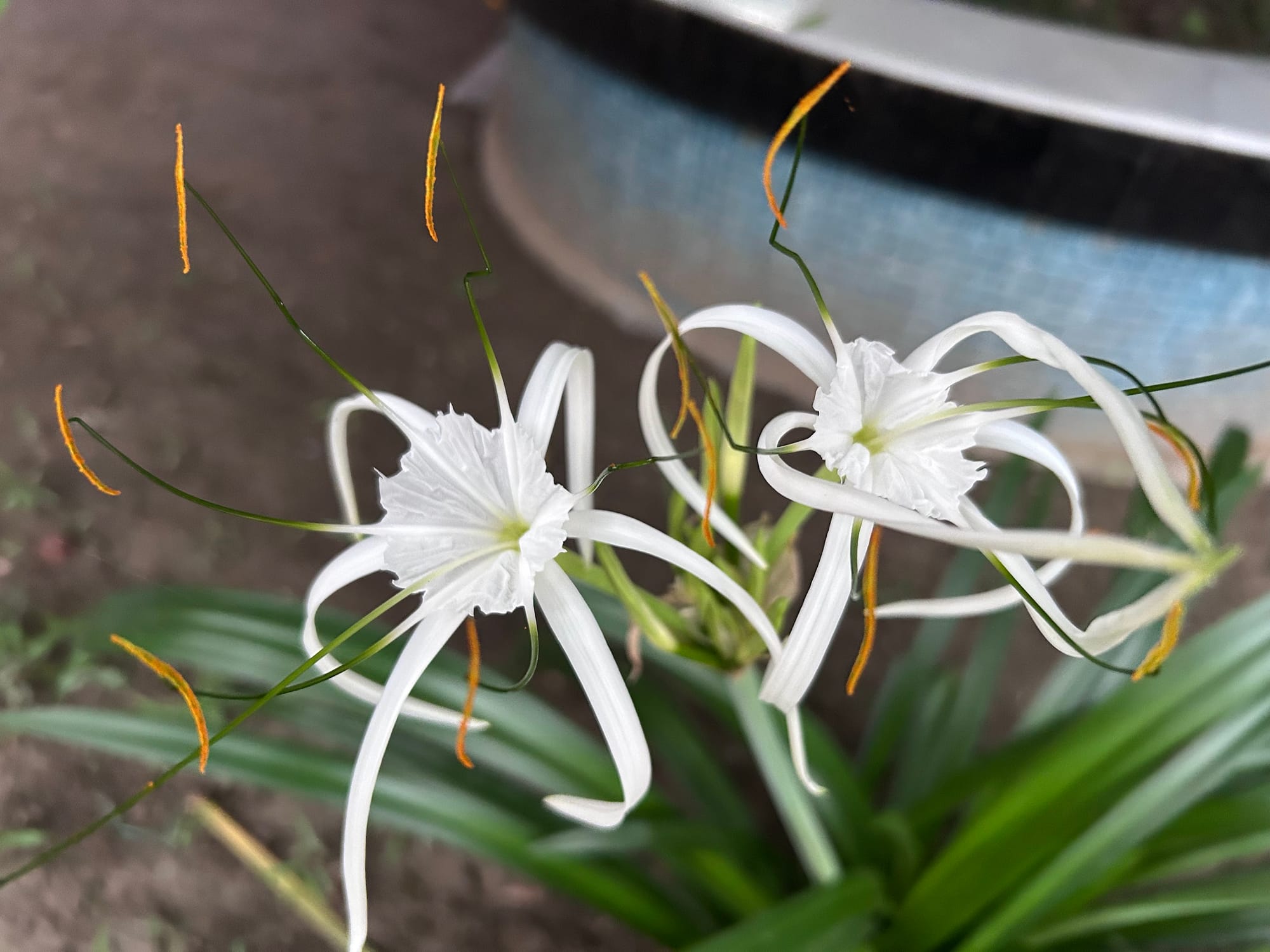
Spider lily is one of the best plants for Florida landscaping. So far, I have written articles on many other flowering plants that we can easily grow in Florida. I waited for my spider lily plants to bloom this year so that I could take pictures for this article.
In this article, I will talk about how easily we can grow Spider Lily in Florida, along with its care guide.
I have seen many gardeners get confused between swamp lilies and spider lilies. They might look similar, but they are not. Swamp lily's leaves grow in a circular pattern from the soil. But for spider lily, the pattern is more like a zig-zag.
Almost 13 species of this plant are native to Florida. So yes, consider spider lily as a Florida native flowering plant.
Florida is not a small state. South Florida's climate is not the same as North Florida's climate. I will consider this fact and make this guide helpful for every gardener in Florida.
Varieties of Spider Lily we can grow here in Florida
We often name spider lilies like white spider lily, red spider lily, swamp or mangrove lily, etc, based on their color or appearance.
Let's understand the varieties we can grow here in Florida.
We can grow multiple varieties of spider lilies, and they fall into two main groups that gardeners commonly refer to as “spider lilies”. If you are from a botany background, these are different for you. But this article is for gardeners, so, yup, consider these as varieties of spider lily. 😅
- Hymenocallis (White Spider Lilies) – Native & Very Well Suited to Florida
- Lycoris (Red/Yellow/Gold Spider Lilies) – Often Called Surprise or Hurricane Lilies
I will not talk about the second category, as that is not actually a spider lily. (They don't even show up leaves at the time of blooming)
| Species / Variety | Region Fit | You need to know |
|---|---|---|
| Hymenocallis latifolia (Mangrove Spider Lily) | Central & South FL, coastal North FL | Can tolerate salt spray and sandy soils; suitabl₹e for coastal gardens. |
| Hymenocallis liriosme (Spring Spider Lily) | North & Central FL | Favors damp soils near ponds, ditches; usually blooms in late spring. |
| Hymenocallis crassifolia (Thickleaf Spider Lily) | Central FL | Hardy, clump-forming; tolerates occasional drought once established. |
| Hymenocallis caroliniana / occidentalis (Carolina Spider Lily) | North Florida | Better cold-tolerant among Hymenocallis; good for cooler microclimates. |
| Hymenocallis ’Sulphur Queen’ (Hybrid) | All regions | Ornamental hybrid with yellow-tinged blooms; Landscapers use it for landscaping. |
I am in love with Flowering plants. If you want to check a list I created on flowering plants, read: Best flowers to grow in Florida
When does Spider Lily bloom in Florida?
| Region | Best Planting Time | Blooming Time | Perennial or Annual | My observation |
|---|---|---|---|---|
| North Florida | Early Spring or Fall | Late Summer to Early Fall | Perennial (with winter mulch protection) | Dies back in cold but returns reliably. (No need to worry) |
| Central Florida | Fall or Early Spring | Summer to Early Fall | Perennial | Grows with minimal care once established. |
| South Florida | Fall or Winter | Late Spring to Summer | Perennial | Due to mild winters, a longer growing season. |
The above table shows the blooming time of spider lily in North, Central, and South Florida, along with the planting time.
I’ve noticed that after a good rain, new buds start appearing within a few days. (This might be a coincidence, but I love to share what I see)
You can follow the planting time mentioned in the above table. For South Florida, you can plant spider lily any time of the year. (I have shown only the best planting time in the chart)
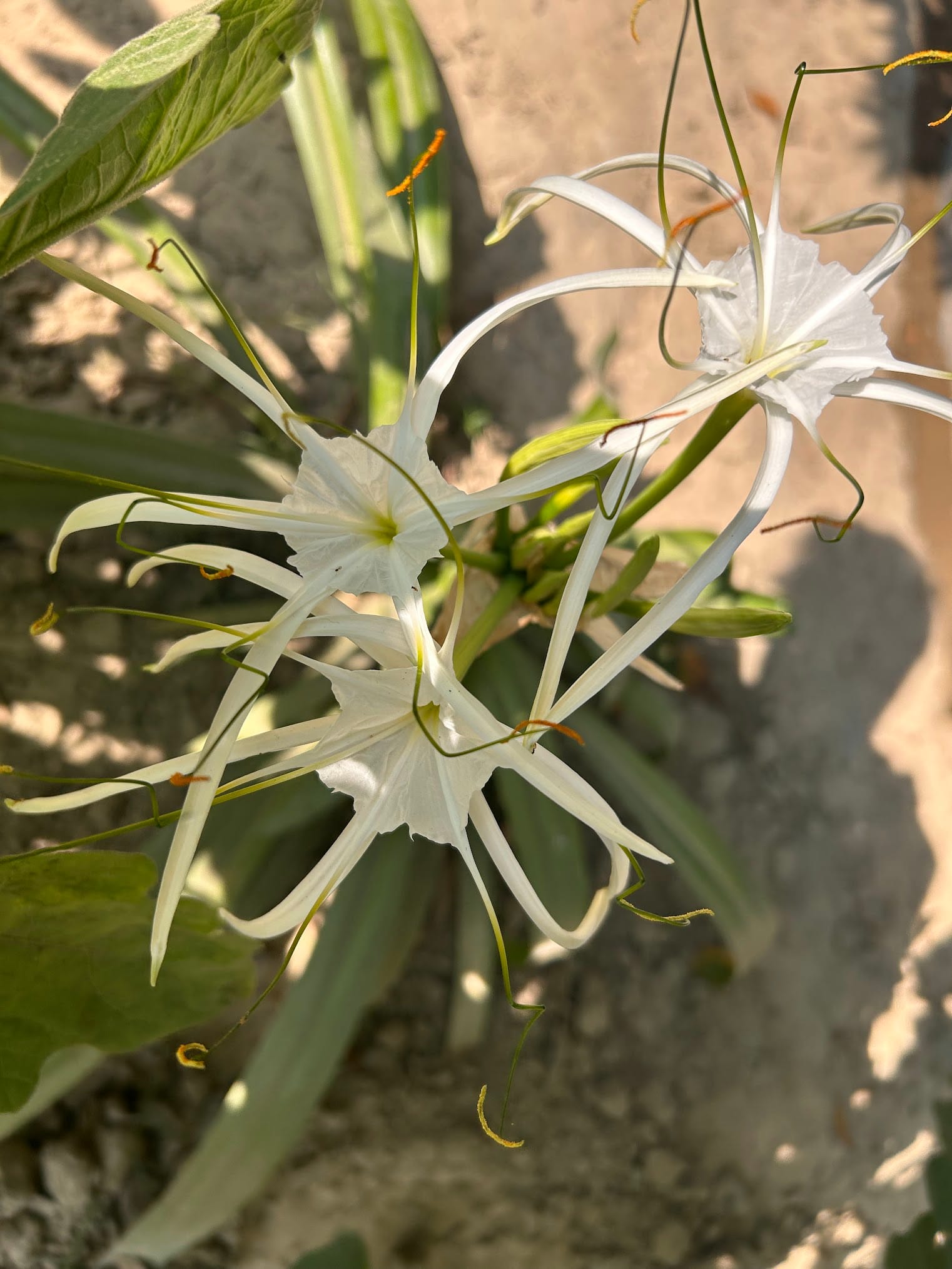
Spider lily growing and caring guide
In this section, you will learn where you should plant your spider lily, what type of soil will be good, fertilization tips, and other necessary information that you need to know before you start planting your first spider lily in Florida.
Sunlight for spider lily
Like every flowering plant, spider lilies like sunlight. I love to do experiments with my plants. I planted one of my spider lilies under a large sapodilla tree, where it gets only 2 hours of direct sunlight in a day.
You won't believe but the plant is green, healthy, and blooming nicely.
You can also grow this plant in partial shade. No issues with that.
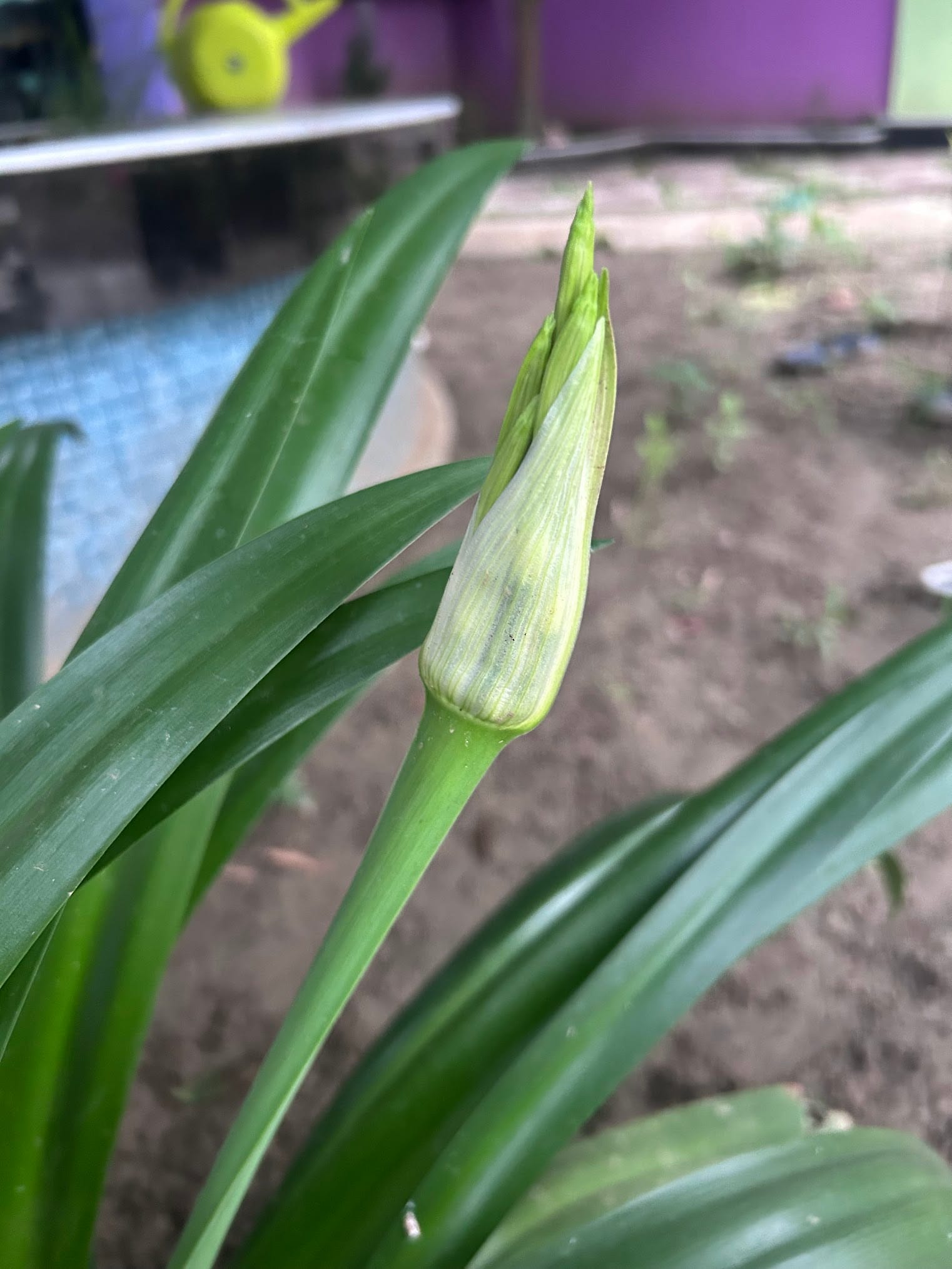
This plant is under partial shade. Only getting 2 hours of direct sunlight a day.
Best soil that you can consider for spider lily
When you grow the native varieties, soil preparation becomes much less of a concern.
Spider lily loves well-drained soil. It can also tolerate wet soil (even temporary inundation). But do not keep your plant in standing water for extended periods. Make sure the water drainage is good in your soil.
If possible, add some perlite or sand to your normal garden soil.
North Florida gardeners may cover their soil with mulch in winter to protect the bulbs.
You may also check this chart: When to cover plants in winter
Can we grow spider lily in pots?
Yes, but use a deep container (at least 10–12 inches) because bulbs like to sit high but need depth for roots.
Note: Spider lilies love being a little crowded in a pot. It increases the blooming. Do not over-divide too soon.
Planting guide
No matter if you are growing it in a pot or the ground, the planting method should be like this:
Plant bulbs so their necks are just at or slightly above the soil surface. Do not bury too deep. If you bury the bulb deep, it will take a longer time to produce leaves.
Give each bulb 12 to 24 inches (30–60 cm) spacing. Our goal is to give the clumps enough room to grow.
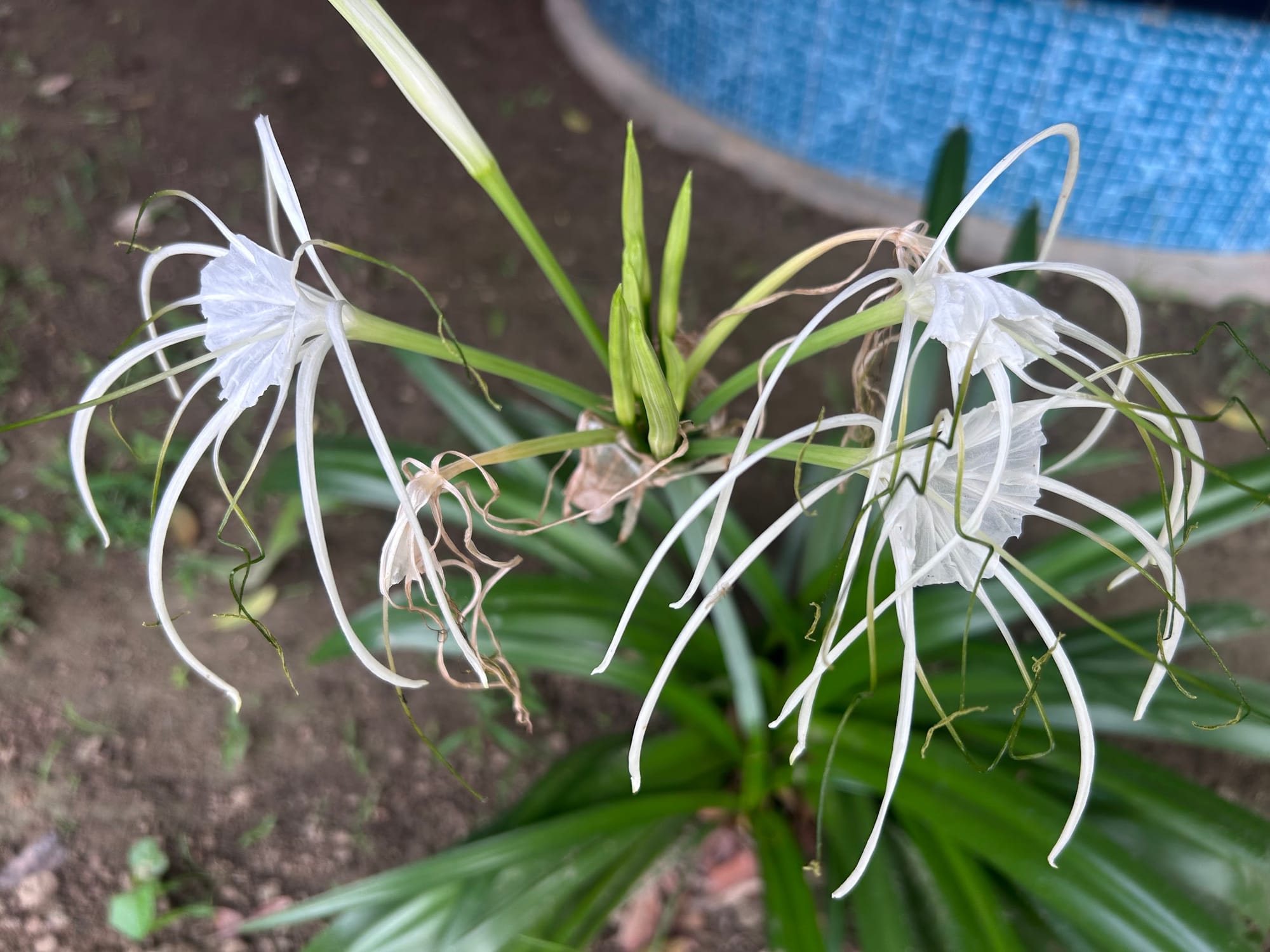
Watering
Water regularly from the first day of plantation. Just maintain moderate moisture in the soil. In winter, some spider lilies might die back or reduce foliage (due to dormancy). In that case, reduce watering or do not water at all.
Fertilization
As this is a flowering plant, we should focus on foliage growth in the growing season.
After the active foliage growth season, your spider lily might look like this (you may notice a small bud appearing):
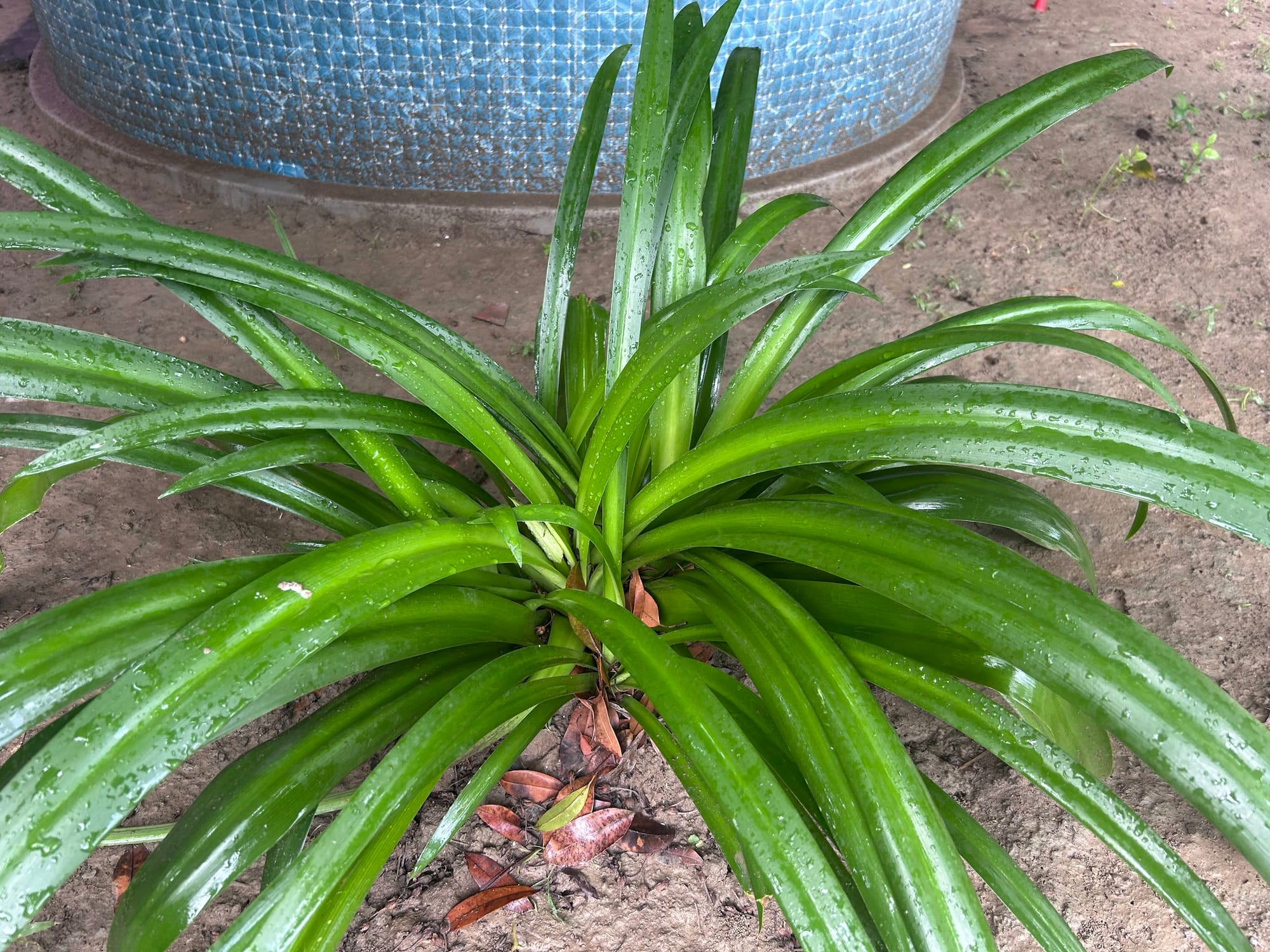
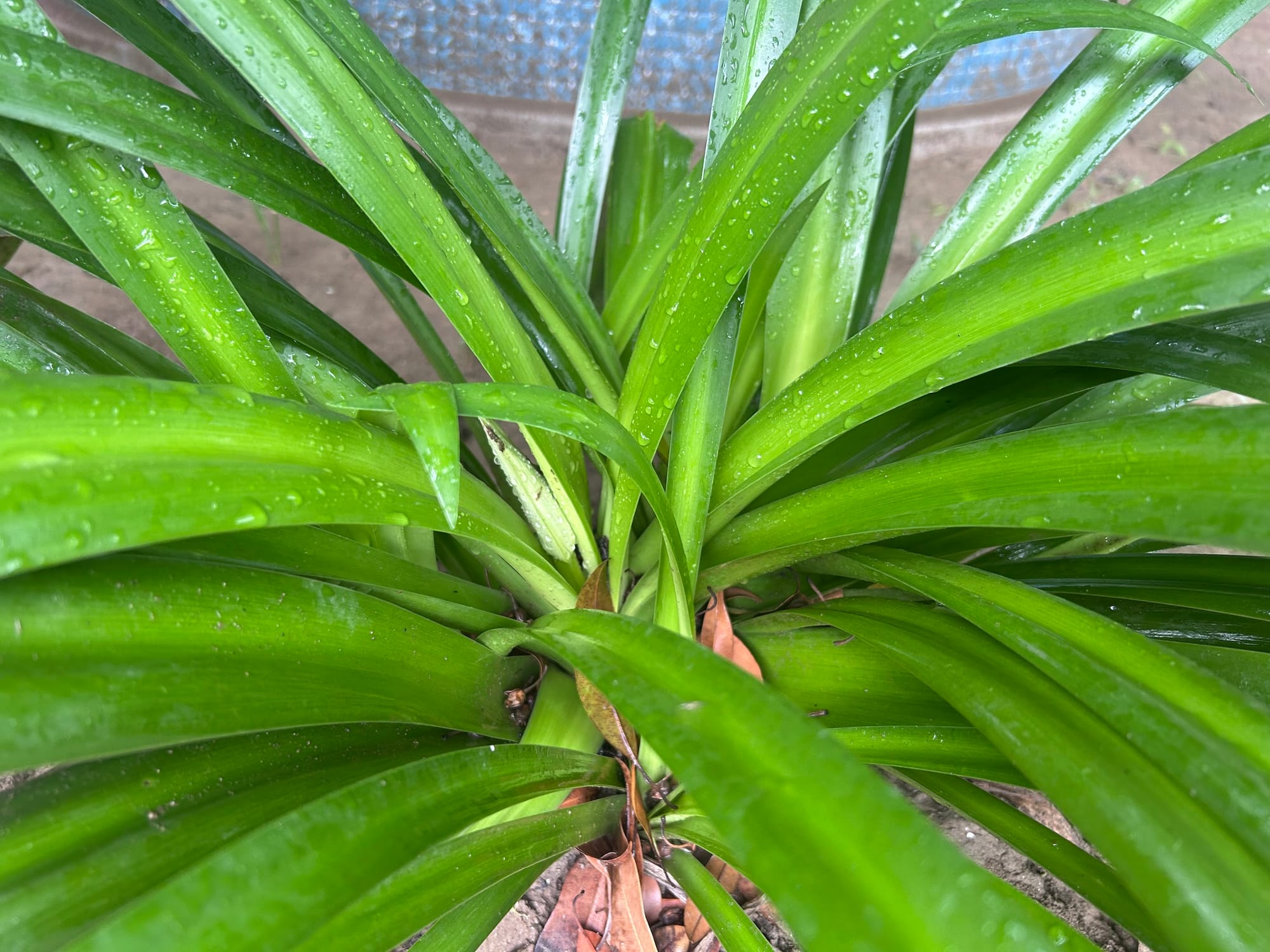
Use nitrogen-based fertilizer in spring. Then reduce nitrogen and go for phosphorus & potassium-based fertilizer in the pre-blooming and blooming season.
(Take the first table of this article for the reference of the blooming season)
Propagation of spider lily
If you search over internet, you may find that we should propagate during the dormancy (when there is no foliage at all).
In reality, a huge number of Florida gardeners do not witness dormancy or dieback of spider lily. (Especially in South Florida)
I know, it's not good to separate the bulbs when they are growing foliage actively. But if you do not witness dormancy for your plant, you may propagate anytime you want.
I prefer to do this in winter when the growth rate is reduced.
In cooler regions of Florida, people usually store the bulbs in winter and plant them in early spring.
If you wish, you can separate the new pups and plant them somewhere else.
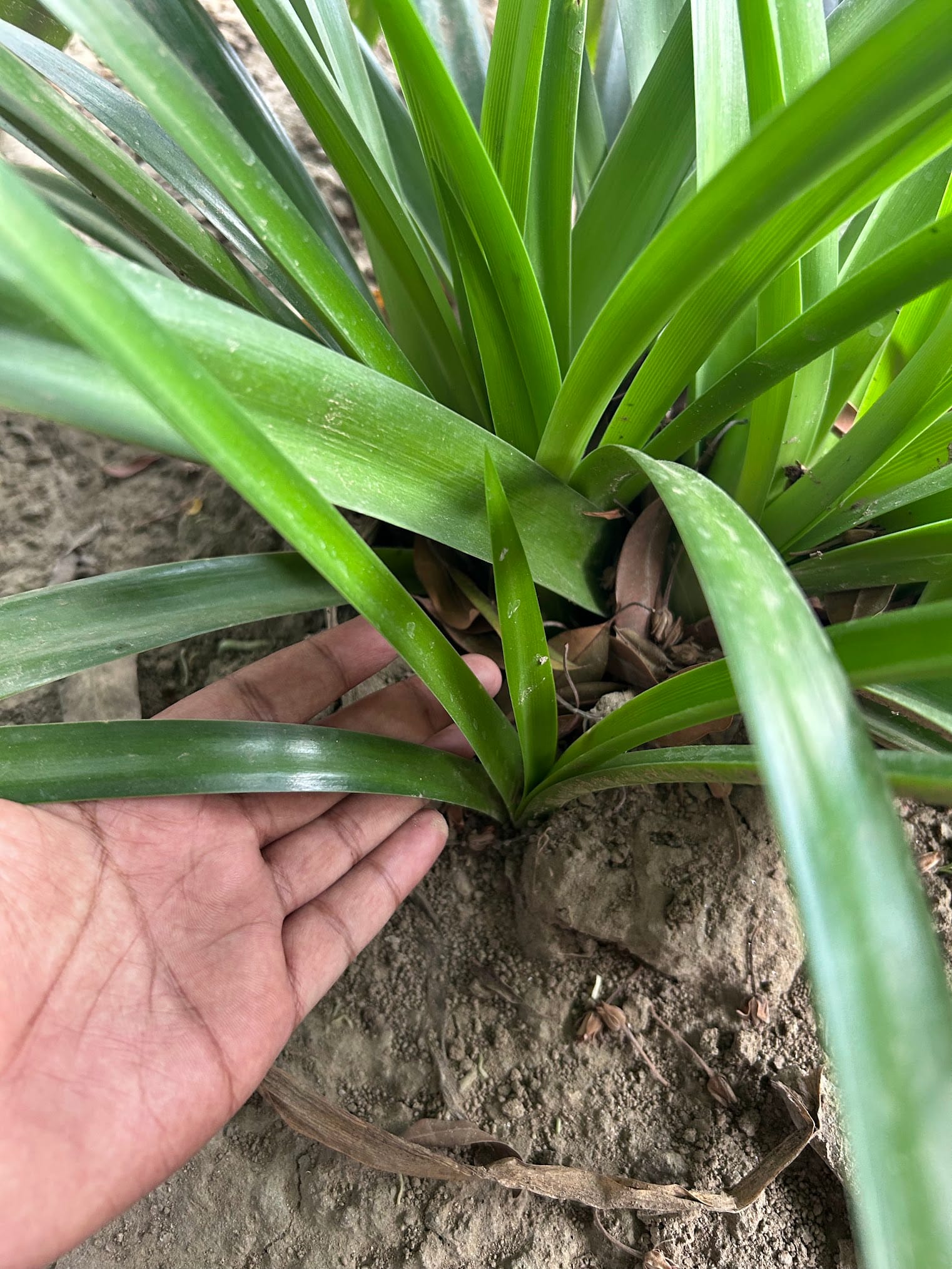
You can see the new pup coming out just beside the plant.


